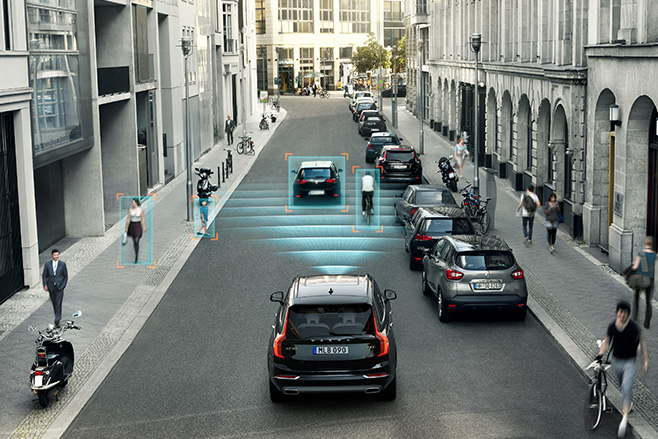
A report into how Australia needs to prepare itself for the age of driverless cars has found we’re a long way from being ready to hand control over to our virtual chauffeurs.
The National Transport Commission report, which flows out of a three-month interim study of current road rules to work out what would need to change to allow self-driving cars, raises questions as simple as how can self-driving cars help injured people after a crash, how they obey directions from police, and even who needs to pay a toll – the car or the human.
“Automated vehicles could significantly improve road safety outcomes by preventing crashes and reducing deaths and serious injuries, yet the technology cannot be fully used unless our current regulations are reformed,” the discussion paper from the federal roads policy agency says.
“Lack of certainty relating to who or what is in control of an automated vehicle, and the concept of the driver in legislation, are the key regulatory barriers to more highly automated vehicles.”
Flagged as potentially “[the] biggest change to our transport system since cars replaced horses”, the NTC said any changes to legislation would need to cover both fully automated cars that don’t need a driver, and expanded forms of current technology that still need a driver’s input behind the wheel.
But there’s more troubling issues, too. The report states that insurance claims could be affected by the technology, more so if someone is injured.
“It is also not clear whether people injured in a crash with an automated vehicle will always be able to claim insurance under compulsory third party insurance or state-based accident compensation schemes,” the report warns.

It also suggests that drivers should be given access to the data the car collects, just in case questions arise as to who was at fault if the vehicle crashes or breaks the law.
The report says state and territory governments will need to be careful about rolling out proposed road rule changes giving more space to driverless and semi-driverless vehicles, rather than rush through legislation to keep pace with emerging technology.
South Australia has become the first Australian government to adapt its road rules to allow autonomous car trials on its roads – a move it hopes will give the state’s long expertise in automotive manufacturing a much-needed bump along.
It allowed the state to hold Australia’s first-ever autonomous car trial on a public road in November last year, with a self-driving Volvo XC90 showing how it could keep itself in its lane, automatically stay a set distance from the car ahead, and even come to a full stop by itself and roll off in congested traffic.
Perth, meanwhile, is about to trial a French-made driverless electric bus that can transport up to 15 passengers at speeds of up to 45km/h.
The Navya bus uses a combination of cameras, lasers and GPS systems to navigate a route, with its maker saying it’s ideal for urban areas such as town centres.
Now that the NTC believes it knows what needs to change and how quickly – it predicts the first self-driving cars will be ready to ply our roads in as early as three years, even if the legal framework is not ready – it wants the community to say whether it is on the right track.
Public submissions can be made via http://www.ntc.gov.au until July 4.



